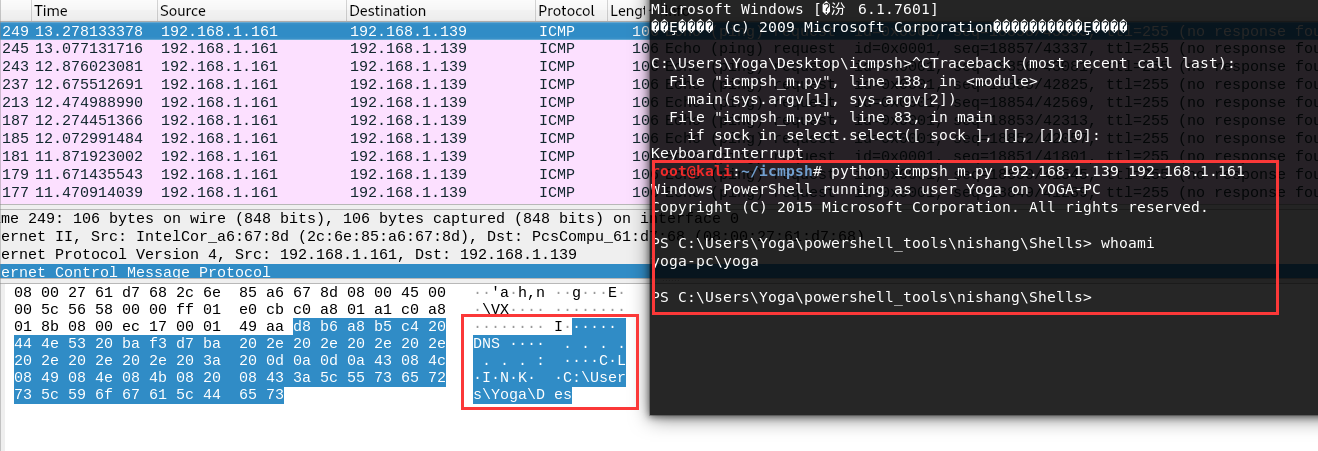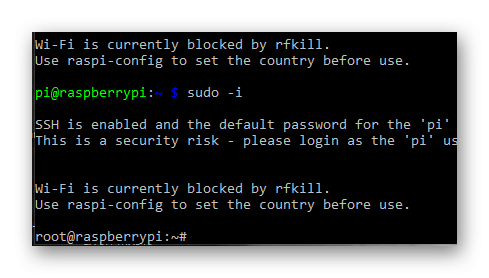

- #PYTHON3 SSH PROXY MANUAL#
- #PYTHON3 SSH PROXY CODE#
- #PYTHON3 SSH PROXY PLUS#
- #PYTHON3 SSH PROXY SERIES#
When I connect the client to the server directly, I see the "hello world" message on the server side: b'hello world' Print(ndall(bytes('hello world', 'utf-8'))) With socket.socket(socket.AF_INET, socket.SOCK_STREAM) as sock: On the client side, I have a simple Python3 program that just sends hello world. # Activate the server this will keep running until you With socketserver.TCPServer((HOST, PORT), MyTCPHandler) as server: # Create the server, binding to localhost on port 9999

# self.request is the TCP socket connected to the client

Override the handle() method to implement communication to the It is instantiated once per connection to the server, and must The request handler class for our server. import socketserverĬlass MyTCPHandler(socketserver.BaseRequestHandler):
#PYTHON3 SSH PROXY CODE#
On the remote server, I have a Python3 socket server running with code almost taken directly from. On my Windows computer, I have PuTTY running with a tunnel going from port 1556 to remoteipaddress:1556.
#PYTHON3 SSH PROXY MANUAL#
Check out ssh's manual page ( man ssh) sometime to discover all of the different options available with this seemingly simple program.I am trying out SSH tunneling using PuTTY. While it might mostly be used in its simplest form, ssh there are literally dozens of uses, with flags and configurations to make connections from one host to another. With this setting in ~/.ssh/config, any ssh connection to the remote host is accomplished by forwarding stdin and stdout through a secure connection from bastion-host. Prox圜ommand in ~/.ssh/configĪs with ProxyJump, Prox圜ommand can be set in the ~/.ssh/config file for hosts that always use this configuration: Host remote-host The %h:%p arguments to the -W flag above specify to forward standard in and out to the remote host ( %h) and the remote host’s port ( %p). The Prox圜ommand itself is a specific command used to connect to a remote server-in the case of the earlier example, that would be the manual ssh command used to first connect to the bastion: $ ssh -o Prox圜ommand="ssh -W %h:%p bastion-host" remote-host Prox圜ommand works by forwarding standard in (stdin) and standard out (stdout) from the remote machine through the proxy or bastion hosts. ProxyJump is the simplified way to use a feature that ssh has had for a long time: Prox圜ommand. An alternative: Forwarding stdin and stdout The ssh command first creates a connection to the bastion host bastion-hostname (the host referenced, by nickname, in the remote host’s ProxyJump settings) before connecting to the remote host. Using the example configuration above, when an ssh connection is made like so: $ ssh remote-host-nickname The -J flag provides flexibiltiy for easily specifying proxy and remote hosts as needed, but if a specific bastion host is regularly used to connect to a specific remote host, the ProxyJump configuration can be set in ~/.ssh/config to automatically make the connection to the bastion en-route to the remote host: # The Bastion Host For example, a public bastion host giving access to a "web tier" set of hosts, within which is a further protected "database tier" group might be accessed. This feature is useful if there are multiple levels of separation between a bastion and the final remote host.
#PYTHON3 SSH PROXY SERIES#
The ssh man (or manual) page ( man ssh) notes that multiple, comma-separated hostnames can be specified to jump through a series of hosts: $ ssh -J, You can also set specific usernames and ports if they differ between the hosts: $ ssh -J
#PYTHON3 SSH PROXY PLUS#
To use it, specify the bastion host to connect through after the -J flag, plus the remote host: $ ssh -J The ProxyJump, or the -J flag, was introduced in ssh version 7.3. Instead of first SSHing to the bastion host and then using ssh on the bastion to connect to the remote host, ssh can create the initial and second connections itself by using ProxyJump. The ssh command has an easy way to make use of bastion hosts to connect to a remote host with a single command.


 0 kommentar(er)
0 kommentar(er)
